Best Practices Articles

Salesforce PRM Pluses and Minuses
Salesforce is an amazing company led by its founder and CEO Marc Benioff. What started as a CRM-focused SaaS company has evolved over the past several decades into a business process automation ecosystem. Salesforce’s core strategy is to provide a few core applications around customer relationship management (CRM), service management and marketing, and allow independent service providers to connect to its platform and augment its core capabilities to create a more niche application. Salesforce also provides basic partner relationship management (PRM) capabilities, and in this article we will explore the pluses and minuses of Salesforce PRM.
Before we proceed further, let’s take a step back and understand Salesforce’s overall strategy. As I said in the beginning, it started as CRM platform in a SaaS package—an alternative to on-premise software that had to be installed and configured on a company’s physical servers. (Yes, remember those days? Not so long ago, eh?) More recently, Salesforce has followed the lead of software platform providers like Microsoft in offering customers a development environment called Force.com, with its own software built on that. In much the same way Microsoft provides Windows as an operating environment, but then also sells Microsoft Office applications like Word, Excel, PowerPoint and Outlook, Salesforce provides a solid CRM platform and allows third-party providers to build and run applications on its Force.com platform and connect to its core applications. In fact, ZINFI’s own PRM application connects to Salesforce CRM as well as Salesforce PRM.
Now, over the past decade or so has Salesforce dabbled in the area of partner relationship management. At one point in time, it had a dedicated product, but according to industry analysts achieved only lackluster sales, and therefore decided to roll that into the Salesforce Community Cloud business line. Salesforce PRM today is essentially an extension of Salesforce Community Cloud, rather than a purpose-built PRM platform. Salesforce PRM has unique strengths and weaknesses, and if you are considering investing in it you should understand what they are.
There are basically three core positive areas for Salesforce PRM. They are focused on a) extending your direct selling motion to the channel via Salesforce PRM, b) minimizing or eliminating any integration work for another application if you are a Salesforce CRM house already, and c) giving you powerful tools to build custom workflows for your channel applications, in much the same way you can build workflows for direct sales automation activities.
Let’s take a moment and explore these three areas in a bit more detail:
- Extending Direct Selling – If your organization has chosen Salesforce CRM for sales and/or marketing automation and you are looking to provide some basic capabilities for sharing information with your channel partners, then Salesforce PRM is certainly worth a look. Using Salesforce PRM community capabilities, you can build some basic collaboration capabilities and share content with your channel partners. This allows your direct sales team or inside sales team to easily collaborate with partners using a few basic communication tools.
- Eliminating Integration Work – If your organization is already using Salesforce CRM, then turning on the PRM capabilities is quite simple. Even though Salesforce PRM is not a purpose-built application and may require you to do a lot of configuration and customization work, in the end you can eliminate any integration requirements. While ZINFI’s PRM platform—along with other third-party purpose-built PRM platforms—comes with easy-to-connect PRM to SFDC connectors, in the end some organizations simply don’t want to manage another application. If you are in that boat, Salesforce PRM is a reasonable option for you to consider.
- Powerful Workflow Tools – even though it comes with very limited PRM capabilities, what makes Salesforce PRM truly great is it inclusion of powerful workflow and application configuration capabilities, which are almost limitless. If you have application development know-how and budget, you can keep building on Salesforce’s platform to your heart’s content. Some organizations with deep expertise in these areas tend to do quite well by developing custom workflow applications on top of Salesforce’s limited PRM functionalities.
Now with this as a backdrop, let’s assume you don’t have deep bench strength in configuring Salesforce, and you aren’t worried about connecting to a purpose-built third-party application like ZINFI’s PRM. In this case, you should seriously consider the limitations of the Salesforce PRM platform. There are multiple weaknesses, but we can focus on a few: Salesforce PRM offers a) few if any dedicated PRM applications, b) exposes customers to considerable expense and overhead in customizing the platform and c) lacks channel-focused workflow templates.
Let’s deep dive a bit deeper into these three areas:
- Lack of Dedicated PRM Applications – Beyond Salesforce Community Cloud, where you can register a deal and share some documents, Salesforce PRM doesn’t come with any other purpose-built PRM applications like onboarding, contracts, business planning, market development funds, asset co-branding, marketing tools and so on. In order to expand Salesforce PRM into a true channel automation platform, you have to buy third-party applications, so you are back to square one where you are essentially buying an additional platform.
- Lack of Channel-Focused Templates – While an organization extending its direct selling motion to a channel organization can use some of the basic capabilities of Salesforce PRM, it doesn’t come with set of pre-built application modules or templates that you can use to augment your current workflow and adapt to automate your channel activities. This is a gap that becomes obvious the moment you try to expand beyond community and basic deal registration capabilities.
- Exposure to Configuration Expenses – While there is no doubt Salesforce PRM has incredible workflow and application development tools, developing an application is not easy. It requires workflow expertise, Salesforce-skilled resources, time and money. We quite often hear from companies who dropped Salesforce PRM and adopted a purpose-built partner relationship management (PRM) platform like ZINFI’s Unified Partner Management (UPM) platform because the cost and complexities of developing on Salesforce PRM forced them to switch.
There is no product in the world that is the right fit for everybody, no matter how great that product is. This is certainly true of Salesforce PRM. It’s has great functionality as a core CRM platform, and has some basic extensions to PRM automation, but it is no match for a purpose-built PRM platform. It is not that Salesforce PRM cannot be used to automate the required channel activities, but the development dollars and time required to do so far exceed its core value as a unified platform. Therefore, while Salesforce remains a powerhouse in the core sales and marketing automation segment, because of the total cost of ownership and its expensive licensing structure, many companies of all sizes today are looking for more purpose-built channel automation solutions like ZINFI’s PRM software as well as other third-party PRM tools.
For more information, please check this article.
Best Practices Guidebook
 Partner Ecosystem Playbook: Build, Scale, Succeed Best Practices
Partner Ecosystem Playbook: Build, Scale, Succeed Best PracticesDownload for FREE
 Mastering LinkedIn: Building Personal Brands for Social Selling
Mastering LinkedIn: Building Personal Brands for Social SellingDownload for FREE
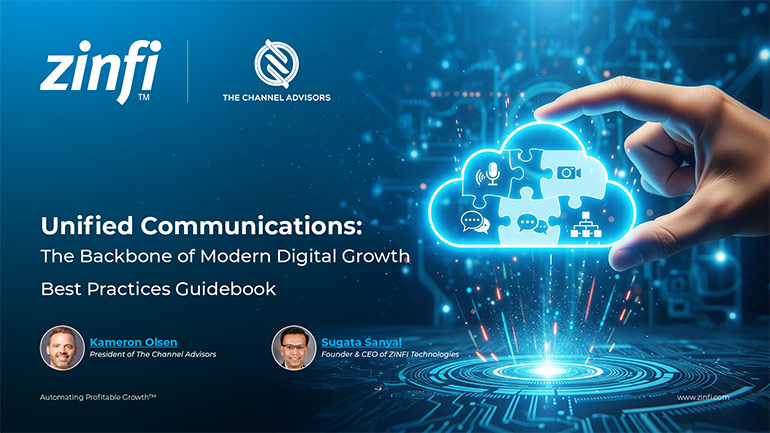 Unified Communications: The Backbone of Modern Digital Growth
Unified Communications: The Backbone of Modern Digital GrowthDownload for FREE
 The Channel Sales Playbook: Skills, Strategy, and Growth
The Channel Sales Playbook: Skills, Strategy, and GrowthDownload for FREE
 Blueprints for Vertical Success Best Practices
Blueprints for Vertical Success Best PracticesDownload for FREE
 The Future of Partner Enablement: From Enablement Gaps to Global Advantage
The Future of Partner Enablement: From Enablement Gaps to Global AdvantageDownload for FREE
 Reimagine Sales Development. Build a Smarter Prospecting Engine
Reimagine Sales Development. Build a Smarter Prospecting EngineDownload for FREE
 The Zero Trust Imperative: Fortifying Enterprise Security Against AI-Driven Threats
The Zero Trust Imperative: Fortifying Enterprise Security Against AI-Driven ThreatsDownload for FREE
 PartnerOps Excellence: The Definitive Guide to Scalable SaaS Ecosystems
PartnerOps Excellence: The Definitive Guide to Scalable SaaS EcosystemsDownload for FREE
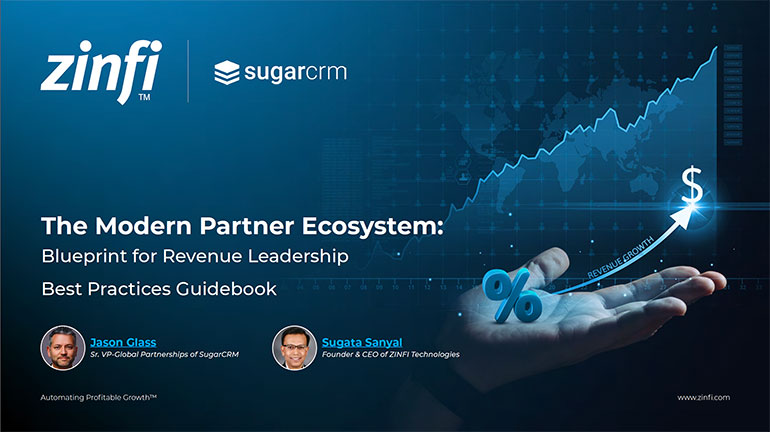 The Modern Partner Ecosystem Best Practices
The Modern Partner Ecosystem Best PracticesDownload for FREE
 Partner Marketing Reimagined: Strategies for Agile, Insight-Led Growth
Partner Marketing Reimagined: Strategies for Agile, Insight-Led GrowthDownload for FREE
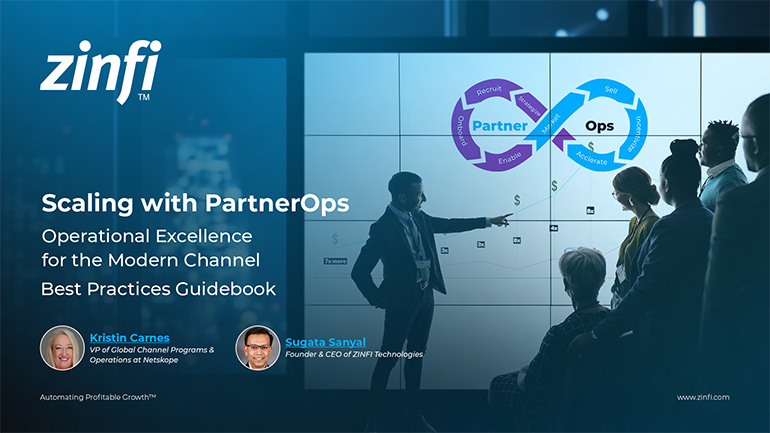 Scaling with PartnerOps Best Pratices
Scaling with PartnerOps Best PraticesDownload for FREE
 Leading with Partner Programs Best Pratices
Leading with Partner Programs Best PraticesDownload for FREE
 The Partner-First Blueprint: Scaling Trust, Intelligence, and Ecosystem Growth
The Partner-First Blueprint: Scaling Trust, Intelligence, and Ecosystem GrowthDownload for FREE
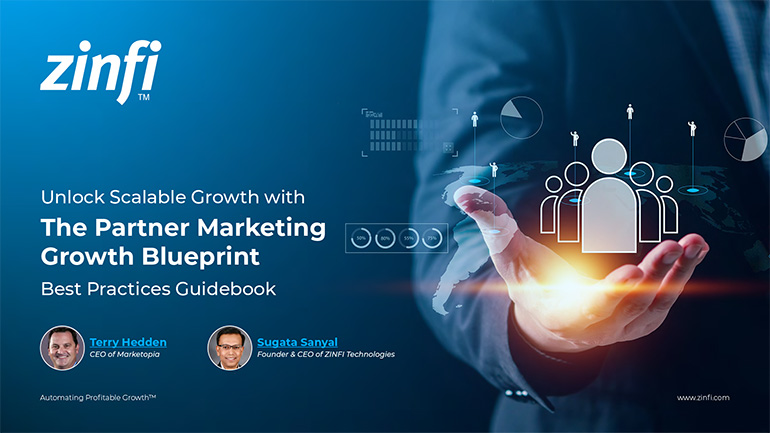 Unlock Scalable Growth with The Partner Marketing Growth Blueprint
Unlock Scalable Growth with The Partner Marketing Growth BlueprintDownload for FREE
 From TikTok to LinkedIn: Social Selling Across the Generational Divide
From TikTok to LinkedIn: Social Selling Across the Generational DivideDownload for FREE
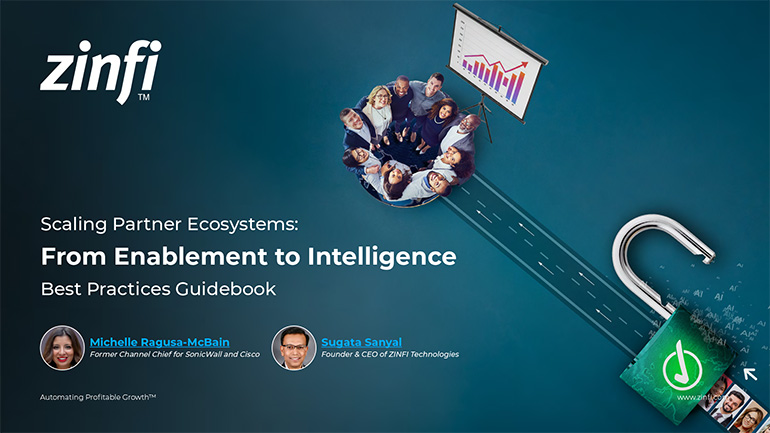 Scaling Partner Ecosystems: From Enablement to Intelligence
Scaling Partner Ecosystems: From Enablement to IntelligenceDownload for FREE








